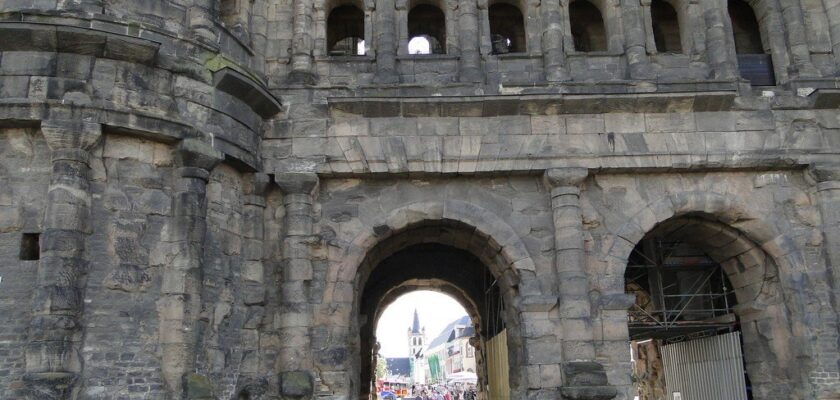Porta Nigra Gate
Porta Nigra is a beautifully preserved ancient gate that is considered the hallmark of the German city of Trier. Visitors to Trier have the opportunity to climb the Porta Nigra and see the central part of the city from above. Behind the ancient gate begins Simeonstrasse, named in memory of the revered reclusive monk. The adjacent building houses the Trier Tourist Center and the museum of this city.
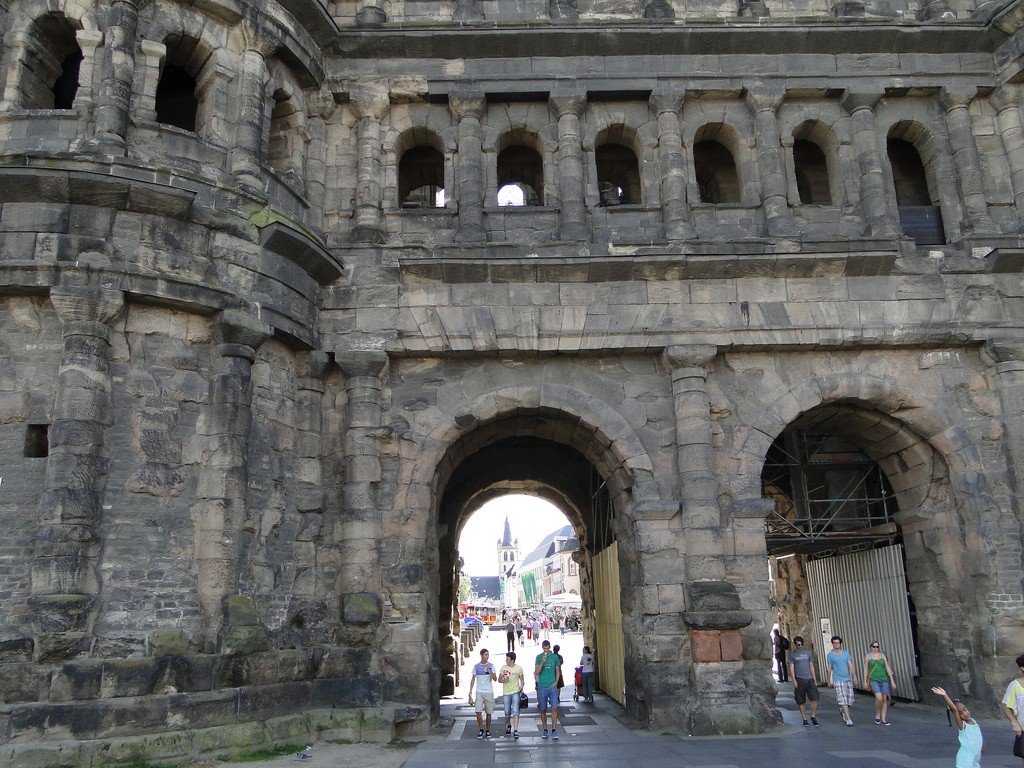
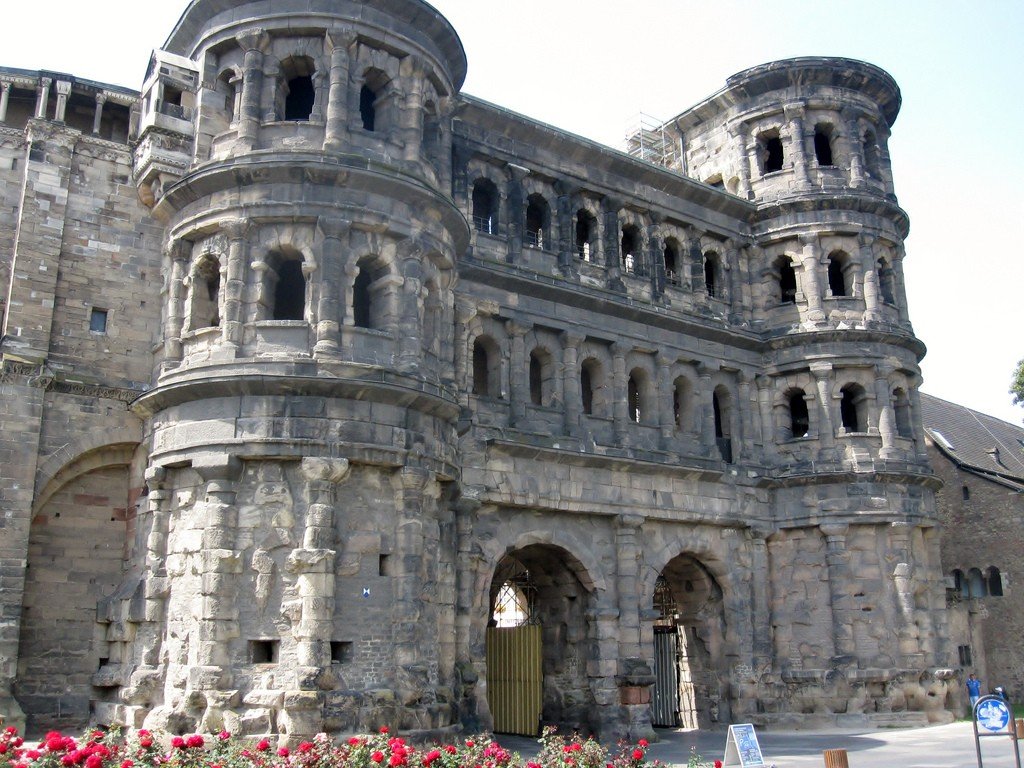
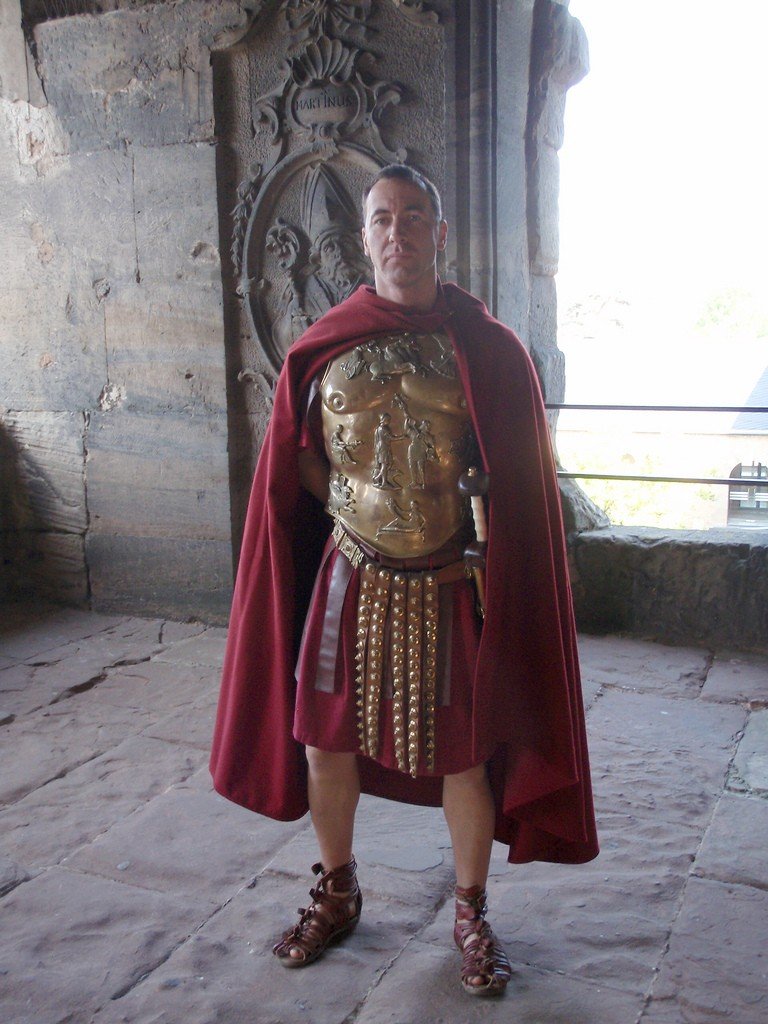
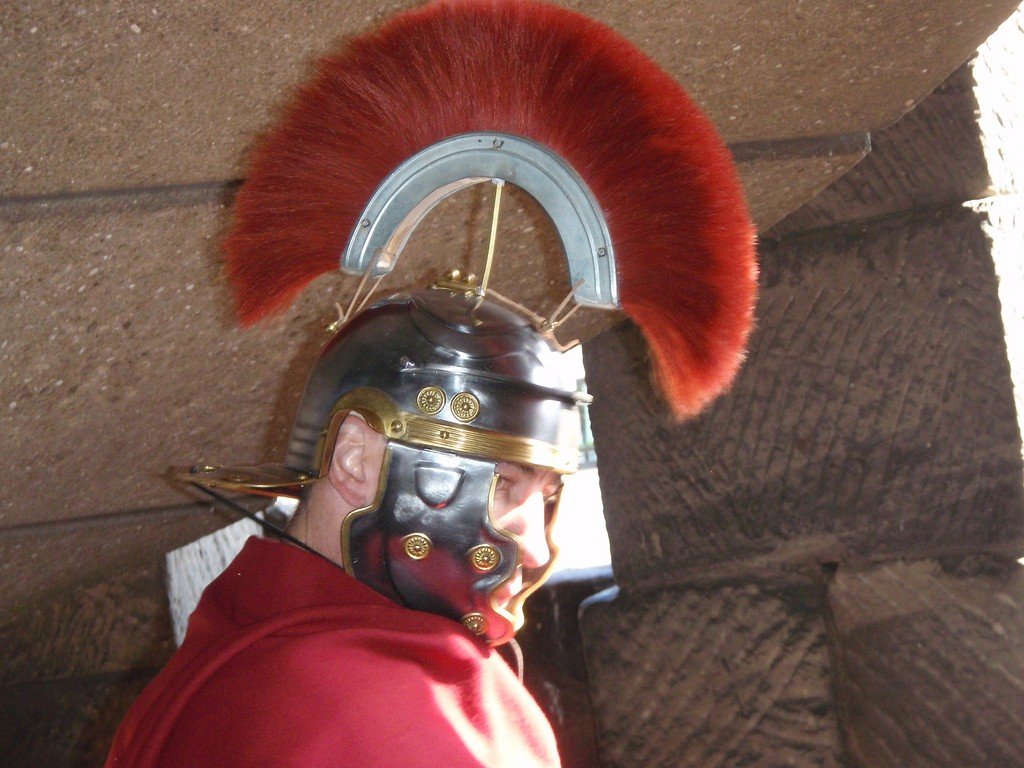
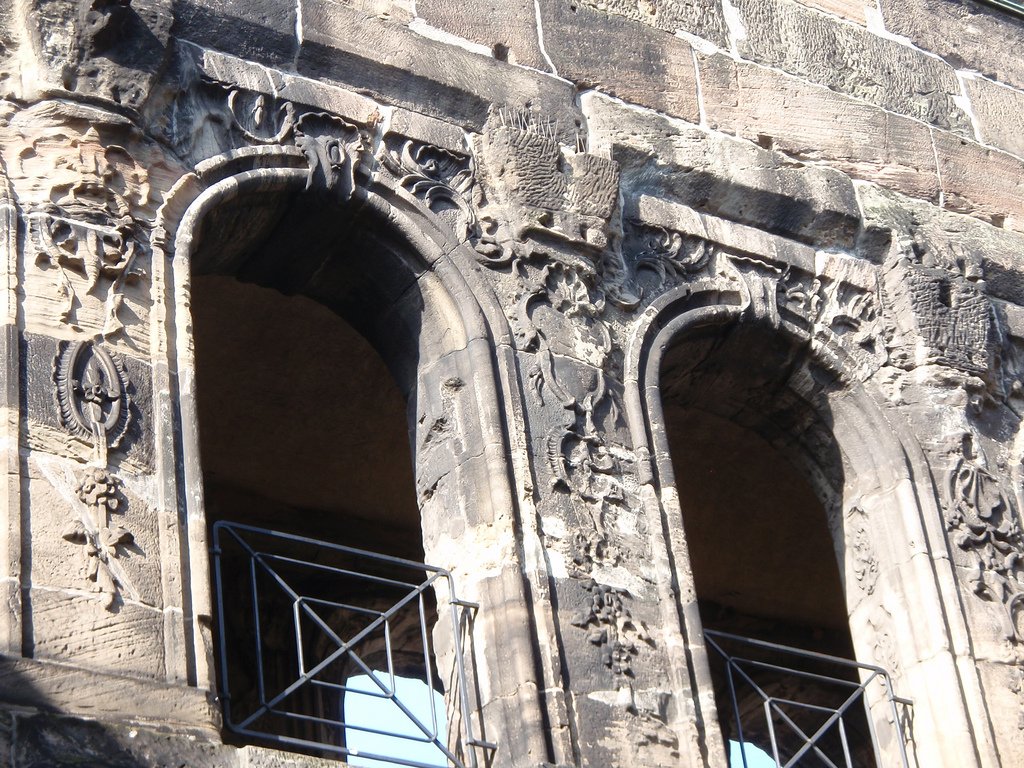
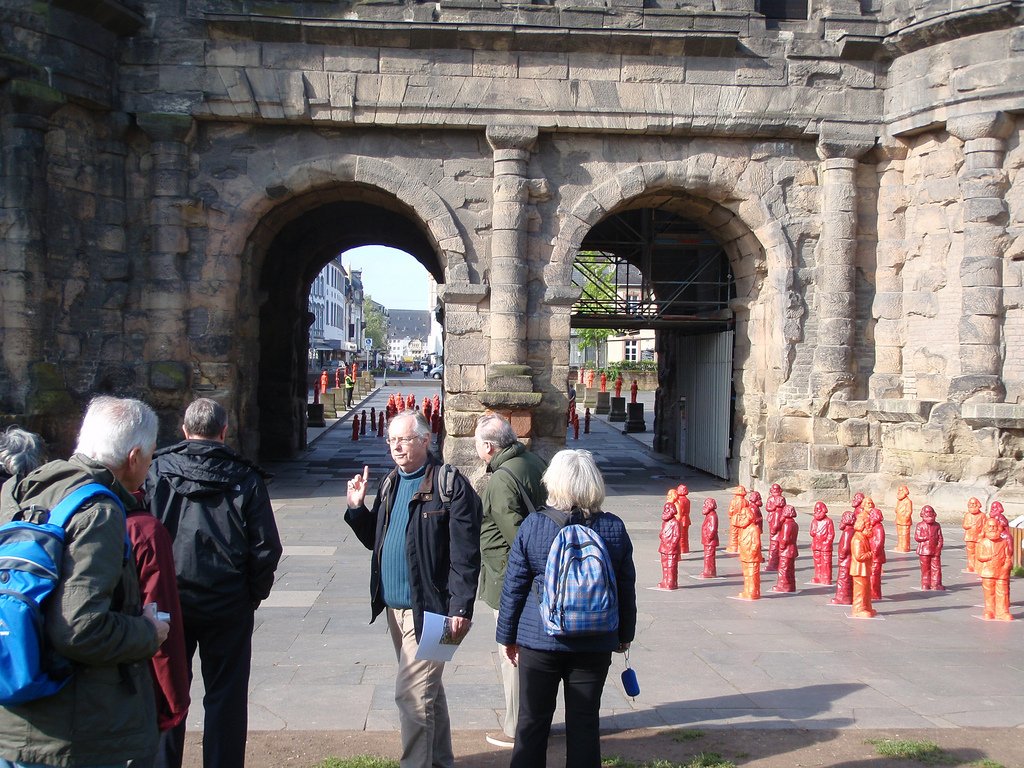
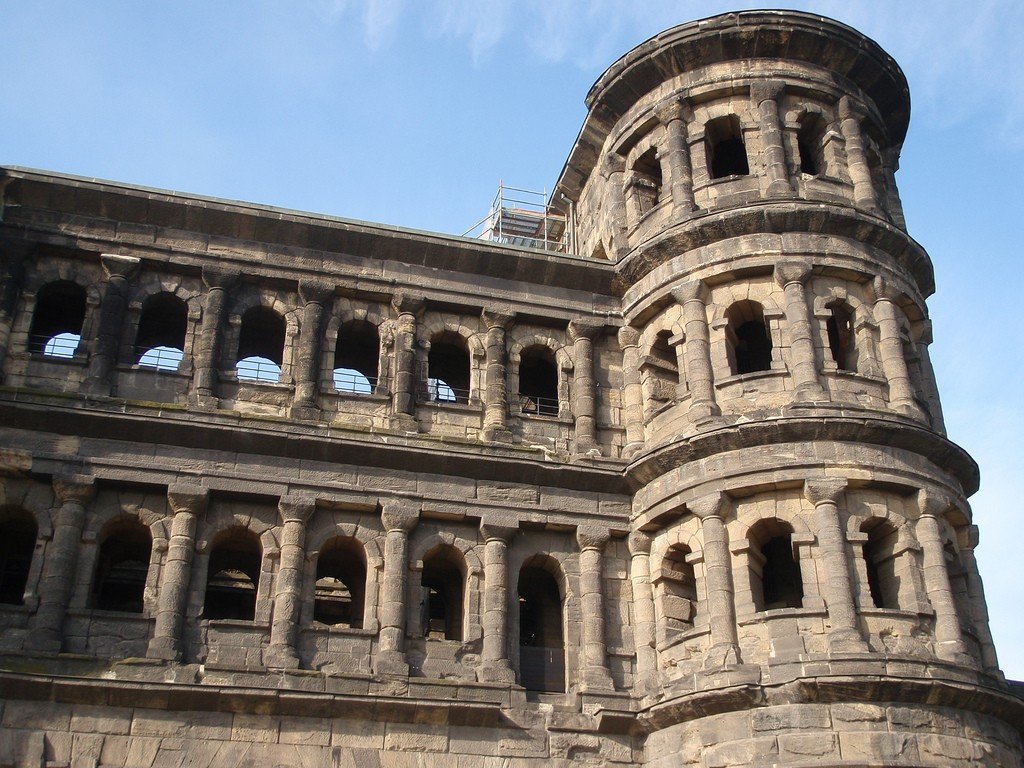
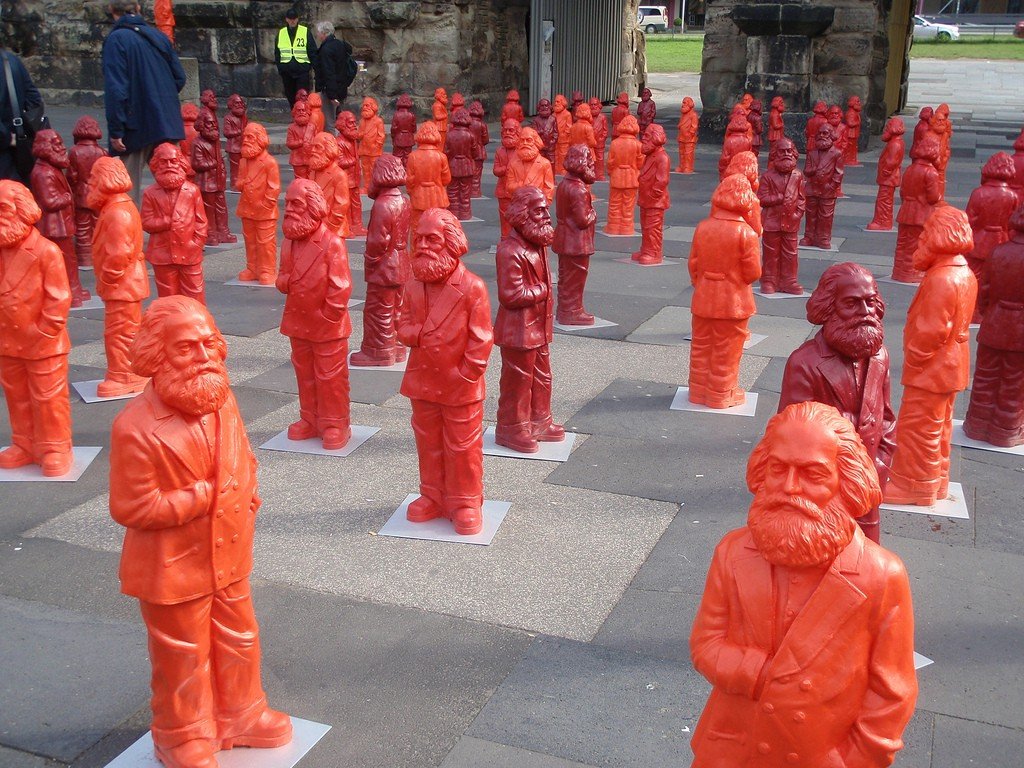
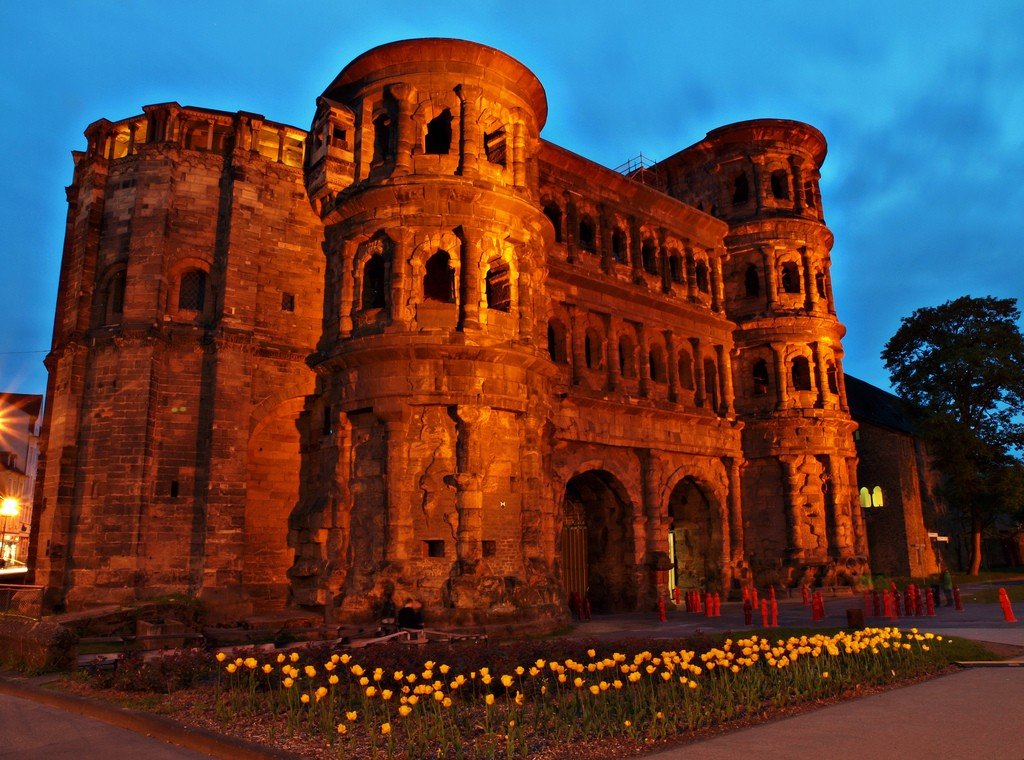
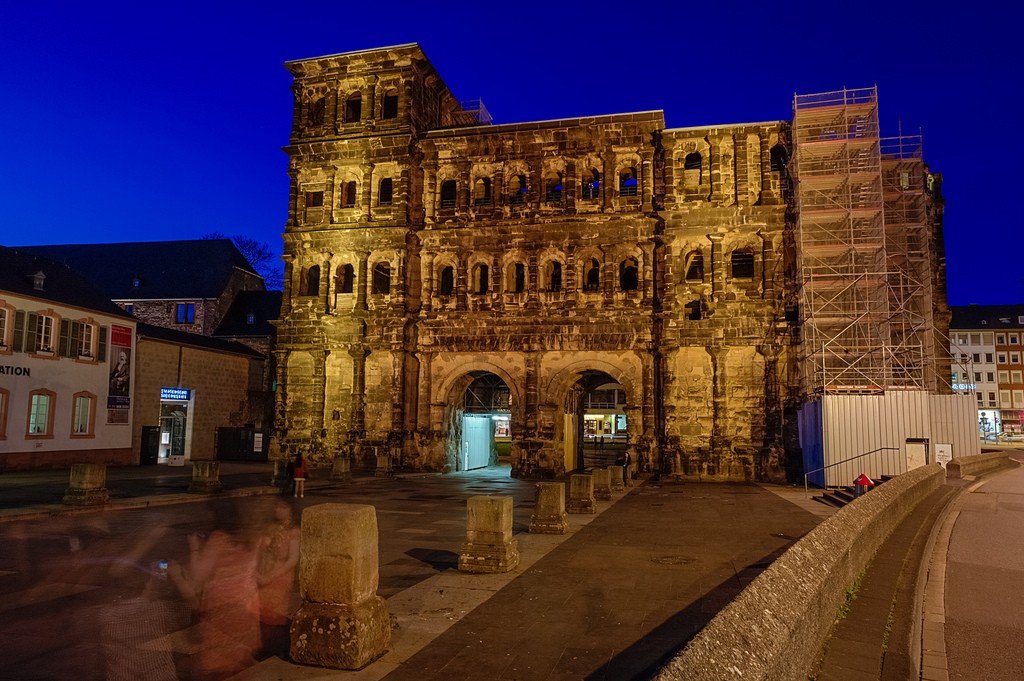
History
The “Black Gate” was erected in 180. Under the Romans, the settlement on the Moselle River was a colony of ancient Rome and an outpost defending the borders of the empire from the north. By the end of the 3rd century, it had become a trading city, which was the capital of the Tetrarchy and was considered the “Second Rome.”
.In 1028, the Byzantine monk Simeon settled inside the architectural monument. He led a reclusive life, so the entrance to the Porta Nigra was walled up at the hermit’s request. After his death in 1035, the monk was canonized by the church as Saint Simeon of Trier, and the Roman gate was converted into a Christian temple consecrated in his honor..
In 1804, Trier was captured by French troops. On Napoleon’s orders, the main temple annexes were dismantled, returning the Porta Nigra to its original appearance. Only the Romanesque apse on the eastern side of the church remains today.
>The gates of Porta Nigra reach a height of 29.3 meters, are 30 meters wide and 21.5 meters deep. Their facade is decorated with semi-columns and the walls inside with pilasters. Since 1986, the ancient gate has been included in the list of UNESCO World Heritage Sites.
.Construction technology
The city gate was erected without the use of cement from 7,200 blocks of light-colored sandstone. It is noteworthy that the stone slabs, which weighed up to 6 tons, were cut with bronze saws powered by a mill wheel.
.
The finished sandstone blocks were hoisted upwards by winches and connected with each other by iron forged brackets. The slabs were then fixed to the wall with liquid tin. In the Middle Ages, holes were made in the Porta Nigra and iron brackets were taken out for turning use. Most of these holes have survived to this day. From their location, as well as rust marks on the slabs, it is clear where the iron brackets were located.
.
How to get there
The Porta Nigra Gate stands on the square of the same name, in the historic center of Trier, 600 m northwest of the city’s train station. Buses nos. 1, 2, 5, 7, 8, 12, 81 and 86 stop near the architectural monument.
.
